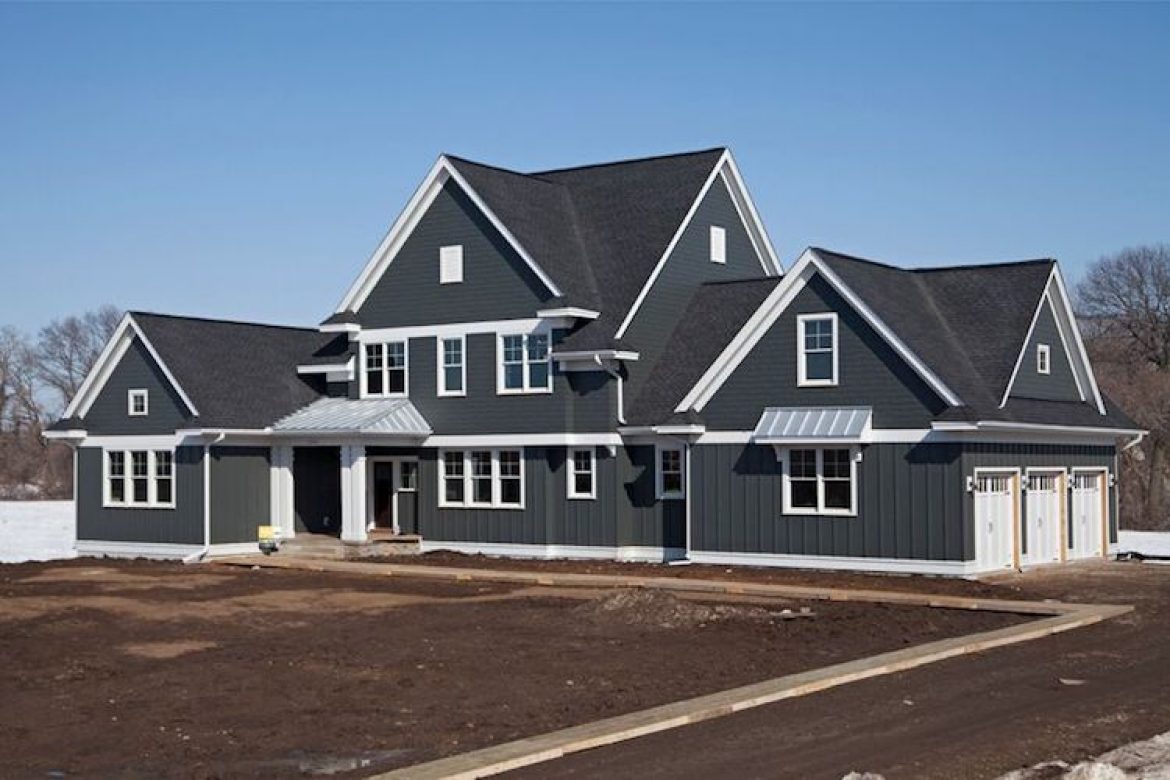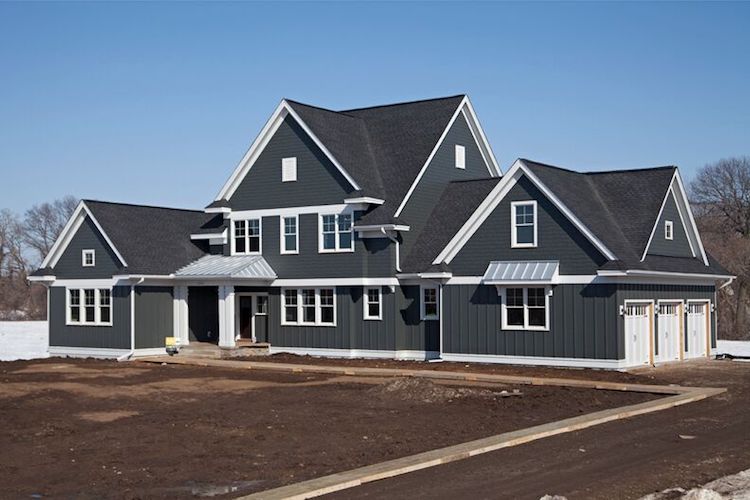Siding Guide: Know Your Options


Deciding that the exterior of your home needs an update isn’t difficult. When you’re seeing cracks, fading, warping, and other damage, the choice to start anew is a clear one. Choosing the right product for the job? That can be trickier. Most people don’t interact too much with siding, aside from living inside of it and taking care of routine upkeep, so the relative benefits of different products aren’t necessarily in the forefront of their minds.
In order to make an educated decision, it’s important to have a general idea of all the options, not just whatever you happened to have beforehand. Once you have a basic idea of what the upsides and downsides of each entail, you can start to work through more details with a professional, who can help you understand how they relate to your own home and unique circumstances.
What you need to know about wood.
A classic option, wood clapboard, shakes, and shingles are natural-looking and attractive. In fact, it’s so popular that most other siding options do their best to imitate the appearance of wood. Wood is a hallmark of Cottage and Cape Cod style houses in particular, and high-quality wood can last for decades, even over a century in the right conditions. In certain historic districts, wood is often the only permissible siding option, so be sure to check with local regulations and any homeowner association guidelines before making a change to the outside of your home.
On the other hand, wood requires a great deal of upkeep when compared with other types of siding. Regular painting or staining is an absolute necessity; the former will chip, while the latter will begin to fade. In areas that are susceptible to wildfires, local regulations may require that wooden shingles be treated with flame retardants, increasing the cost. Wood is also susceptible to mold, mildew, and animal pests; if something grows on a tree, it will also attempt to grow on wooden siding.
Still, with its ease of installation and the ability to paint and repaint in any color of the rainbow (and then some), wood remains the siding of choice for many homes across America.
What you need to know about vinyl siding.
Vinyl siding has come a long way since it was introduced in the 1960s, some looking almost indistinguishable from wood when viewed from the street. Vinyl is generally resistant to pests that plague wood and never needs to be repainted. In fact, vinyl can be installed right on top of wood or other sidings, making it a great selection for an inexpensive retrofit project. And vinyl is generally the most affordable option for home siding overall.
Nevertheless, there are drawbacks. A hailstorm or a run-in with a lawnmower can easily damage vinyl siding in ways that are clearly visible, and unless you’re willing to deal with obvious patches, the entire length will need to be replaced. Some creative landscaping can be used to hide seams for a more natural look, but that does require additional effort on the homeowner’s part. And poorly-installed vinyl can be a recipe for disaster if water gets in and then can’t get out, leading to rot and a whole host of additional problems.
Vinyl siding isn’t the most glamorous option available, but when you’re talking about a smaller investment, easy installation process, and never having to paint again? That’s worth looking into.
What you need to know about fiber cement siding.
Fiber cement siding isn’t as well known as wood or vinyl siding, but that’s going to change in the coming years, as companies like James Hardie continue to work hard to put fiber cement on the map. Fiber cement combines cellulose with cement to create a siding option that looks just like clapboard or shingles but without any of the issues that result from working with natural materials. Pest- weather- and fire-resistant, it should last as long as the home itself, just like brick or stone. In fact, James Hardie siding comes with a 30-year warranty, unthinkable with cheaper options.
Of course, no siding option comes without drawbacks. It costs more than vinyl or wood, meaning that the upfront cost is higher. And this is no project for the DIY enthusiast. Fiber cement siding is cement, after all. This means it’s extremely heavy and should be installed only by a qualified professional. And while the paint fresh from the factory lasts longer than the paint on wooden clapboard or shingles, it will still need to be repainted at some point, probably after 15 years or so.
Thinking about your siding options?
Contact us for a free consultation and quote. We’ll work through the costs and benefits of various options and find a solution that is suited to your budget, your lifestyle, and your home.






